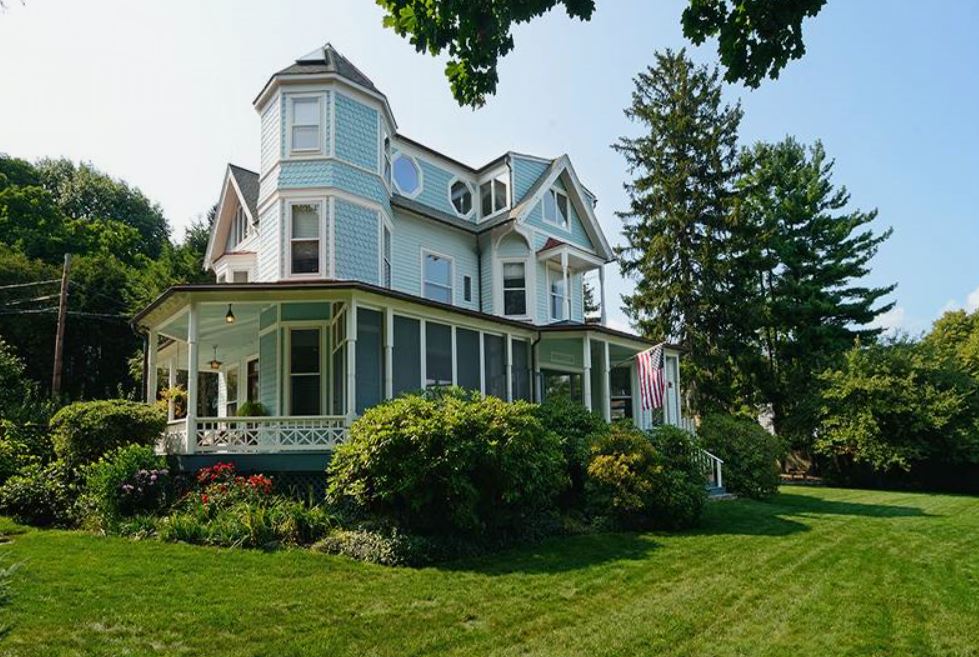Style Setters: Victorian vs. Gothic Architecture
A stunning home can come in a variety of styles. Two that stand out are Victorian and Gothic revival. While the two styles are similar, here is advice for spotting the differences and learning the unique characteristics of both, with examples from right here in the Hudson Valley.
Victorian: Elaborate and Ornate

2 La Veta Place, Nyack, New York
Victorian architecture began around 1830 and remained popular until about 1910, gaining its name from the reign of Queen Victoria. According to HGTV, “The Victorian era spawned several well-known styles, including Gothic revival, Italianate, Second Empire, Queen Anne, stick style, Romanesque style and shingle style. The Victorian styles evolved largely from the imposing, elaborate Gothic style, which appealed to the romantic Victorian idea that fashion, architecture and furnishings should be beautiful rather than practical.”
Because the architects of the day placed so much value on beauty, they combined ideas and elements of many other styles ─ like Gothic and Tudor ─ and created homes that were as unique as their owners. Here are just a few of the key elements common to those styles:
- Shapely: “Unlike the boxy Greek revival style, Victorian homes have wings and bays in many directions,” says HGTV. Sandalwood in Nyack is a perfect example. This beautiful riverfront Queen Anne Victorian is breathtaking to behold and features original architectural details throughout.
- All the trimmings: Decorative and elaborate trim is characteristic of Victorian homes.
- Pitch-perfect porch: Victorian homes, like Sandalwood, have large, wraparound porches. Sandalwood’s porch was the setting for many of the current owner’s glamorous parties attended by the era’s most famous stars, including Helen Hayes and Lillian Gish.
- Color me perfect: Victorian homes feature bright and vibrant colors. The beautiful blue of Sandalwood is a perfect example. It is no wonder then that widely known artist Tony Oursler grew up in the home.
Gothic Revival: Classic and Distinctive

64 Ludlow Lane, Snedens Landing, New York
According to architecture.com, the Gothic revival movement was “a conscious movement that began in England to revive Gothic forms, mostly in the second half of the 18th century and throughout the 19th century. The late-18th century examples were often domestic and highly decorative…” The style remained popular until about 1870.
Architecture.com indicates several elements common to Gothic Revival homes:
- To the point: Gothic Revivals feature pointed arches and windows, like those at Seven Oaks in Palisades.
- Straight and tall: There is a strong vertical emphasis in these types of homes. This is evident when looking at Seven Oaks, which was built in 1862 and towers over the landscape.
- Rich colors: VIbrant colors and decoration can be found in the Gothic Revival style. The stately brown-grey of Seven Oaks is set against darker window shades with a colorful underside to the porch roof.
